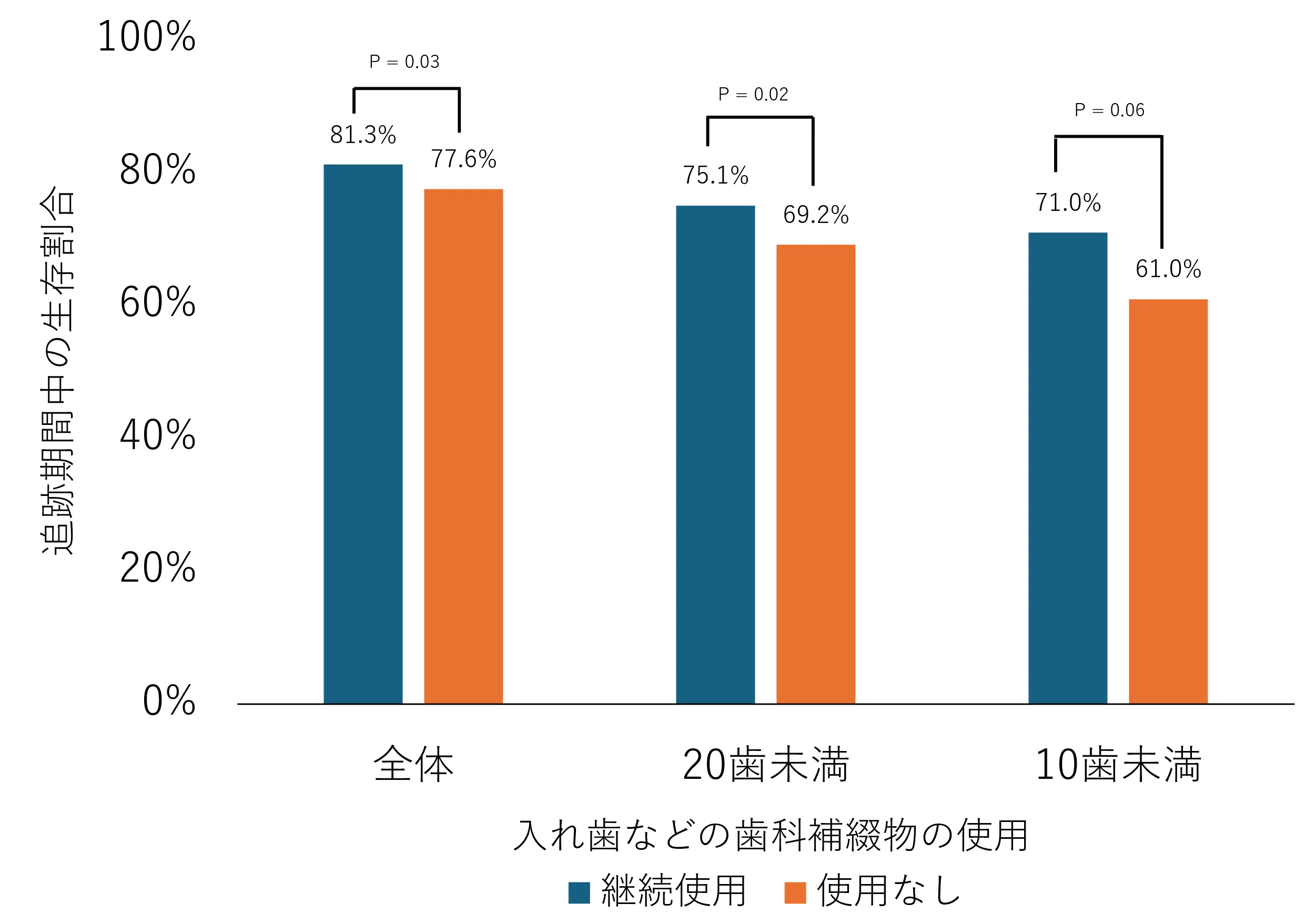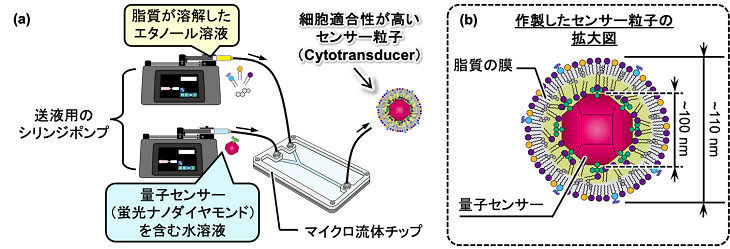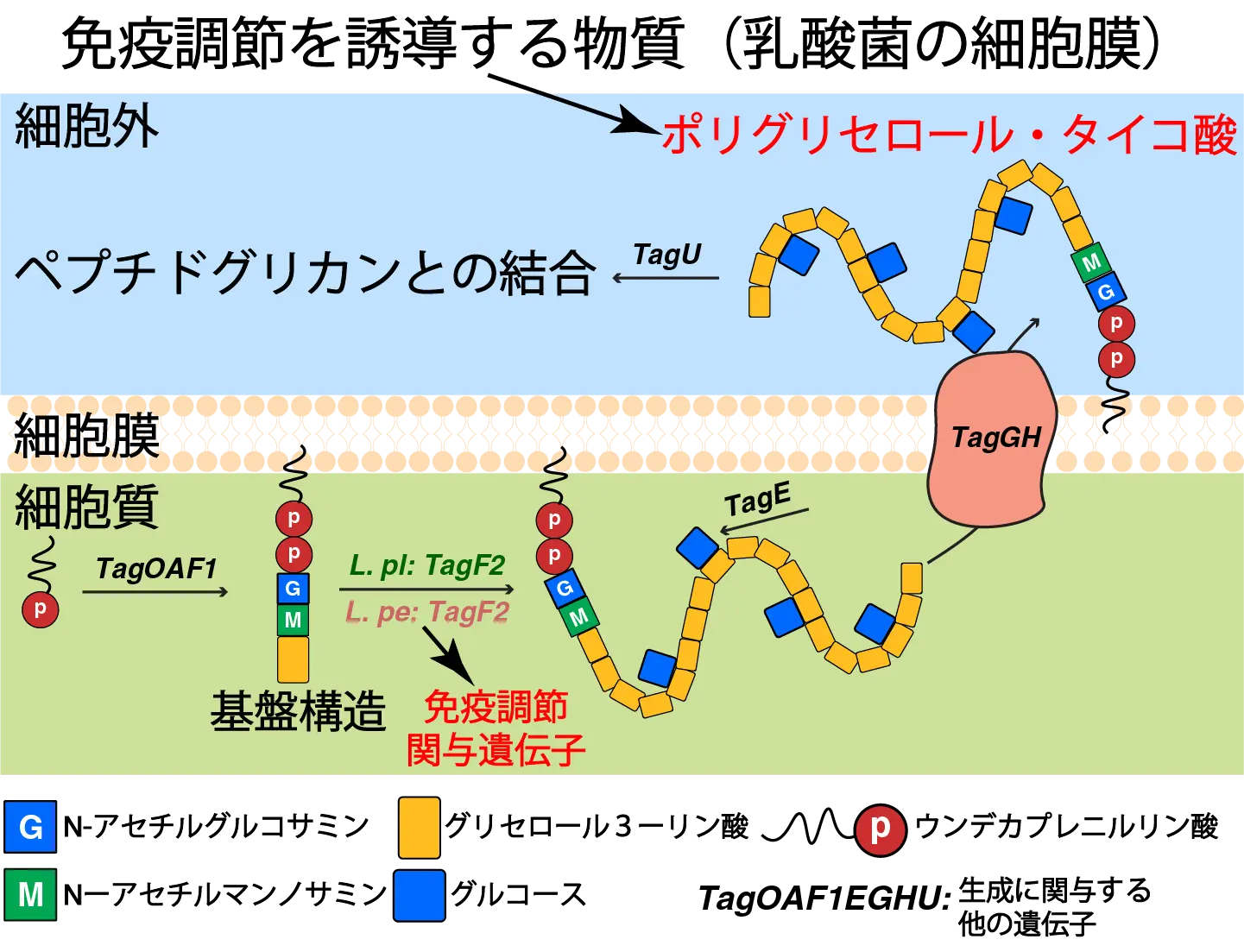2025-06-12 東京科学

<関連情報>
- https://www.isct.ac.jp/ja/news/bf6tdcchzxrs
- https://www.isct.ac.jp/plugins/cms/component_download_file.php?type=2&pageId=&contentsId=1&contentsDataId=1700&prevId=&key=b8f5bc077f6e420a10b328d71f45b0cb.pdf
- https://www.thejpd.org/article/S0022-3913(25)00413-5/fulltext
歯科補綴物の使用と死亡率: 機械学習による時間変動暴露分析 Dental prosthesis use and mortality: A time-varying exposure analysis with machine learning
Yusuke Matsuyama, DDS, PhD ∙ Jun Aida, DDS, PhD
Journal of Prosthetic Dentistry Published: June 6, 2025
DOI:https://doi.org/10.1016/j.prosdent.2025.05.007
ABSTRACT
Statement of problem
Tooth loss has been associated with an increased risk of mortality, and dental prosthesis use may mitigate the effect by recovering masticatory function. However, most studies investigated dental prosthesis use only at baseline and did not consider changes during the follow-up.
Purpose
The purpose of this prospective cohort study was to examine the association between dental prosthesis use as a time-varying exposure and mortality in older Japanese adults.
Material and methods
Data from the Japan Gerontological Evaluation Study were used, targeting independent adults aged ≥65 years. The baseline questionnaire survey was conducted in 2013, and all-cause mortality data of participants up to 2022 were obtained from the local municipality database (n=47 698; median follow-up: 9.2 years). The 2016 and 2019 questionnaire surveys collected time-varying exposure and covariate information. A doubly robust estimator with ensemble machine learning and controlling for covariates was used to estimate survival probability. The analysis was conducted on all participants, those with <20 natural teeth and those with <10 natural teeth.
Results
Of the participants, 19.0% died during follow-up and 55.8% used dental prostheses at baseline. Consistent dental prosthesis use was associated with higher survival probability than consistent nonuse (average treatment effect [ATE]=3.7% points; 95% confidence interval [CI]: 0.3, 7.0). Greater associations were revealed for those with fewer natural teeth (for those with <10 natural teeth, ATE=10.0% points; 95% CI: -0.6, 20.6).
Conclusions
Consistent dental prosthesis use was associated with increased survival probability in older Japanese adults. This association was greater among participants with fewer natural teeth.


